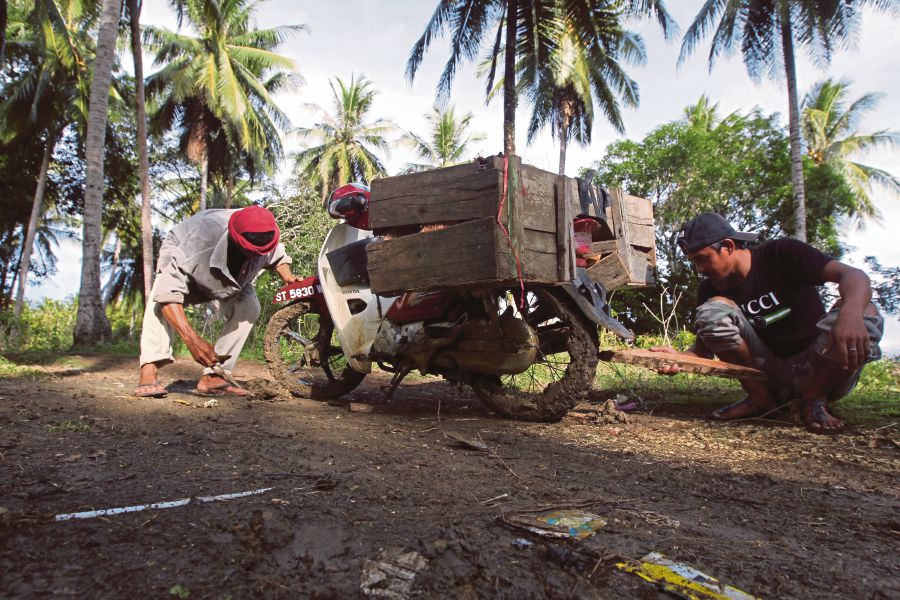IN 1948, Mahatma Gandhi envisioned that the future of India lay in its 700,000 villages. Thanks to rural employment schemes and agricultural prosperity, India today has 893 million in rural population, the largest in the world. Yet, by 2050, Gandhi’s foresight will be proven otherwise when urban Indians are expected to constitute the majority in the country.
In 2007, according to the United Nations, we crossed the halfway point when more than 50 per cent of the world’s population lived in cities. Malaysia is no exception to this trend with 77 per cent of its population residing in urban areas last year. By 2030, 26 million people or 80 per cent of Malaysians will be city dwellers.
Fuelled by the statistics on urban expansion, the media is replete with writings on the pitfalls and promises of the cities. The anti-urbanism narrative points to cities as cauldrons of conflicts, alienation and environmental degradation. The media also churns daily celebration narratives of cities as sources of wealth, innovation and high productivity. In his book, Triumph of the City, Harvard don Edward Glaeser declared that the best and surest pathway to the good life runs through the city.
A downside of media obsession with cities is the little attention it gives to rural issues. As a result, we forget the fact that rural areas provide most of the food, drinking water and clean air for the cities. Few people appreciate that the fates of rural and urban areas are interlinked. In many countries, the rural region makes unique contributions to the national culture and character.
In a deeper sense, Gandhi was right that urbanites will always yearn for the memory of the village. Our aim of having an urban society oriented to local democracy is traceable to the Gandhian village-centric political philosophy. The social inclusivity of urban farms and community gardens is another manifestation of such yearning for the village. On weekends, many city residents escape to small towns or villages on urban fringes, or even into the deep forests, perhaps to reconnect with our memories of idyllic rural life and nature.
Rural Malaysia is still home to 7.3 million people. They live in 26,400 villages across the country. About 3.1 million of them reside in 46 remote districts in the peninsula, Sabah and Sarawak. The interior dwellers are spread across a vast rural landscape covering 52 per cent of Malaysia’s land mass. Improving the accessibility, economic opportunities and viability of these isolated places remains a policy challenge.
For most of rural Malaysia, absolute poverty is a thing of the past. When the New Economic Policy was introduced, the poverty rate in the rural areas was 58.7 per cent. That figure declined to one per cent in 2016, thanks to the establishment of rural transformation agencies such as Felda, Risda, Felcra, and Mara. In East Malaysia, the Sarawak Land Consolidation and Rehabilitation Agency (Salcra) and the Sabah Land Development Board (SLDB) are responsible for implementing land-based poverty eradication programmes.
By introducing the New Philosophy and Strategy for Rural Development in 1994, the government shifted its focus from infrastructure to the empowerment of rural people. Programmes like Gerakan Desa Wawasan (Visionary Village Movement) were implemented to transform rural areas into attractive and profitable places for living. The government also attempted to attract the rural youth to remain in villages through the 21st Century Village programme. Take for example the policy emphasis on rural tourism. In 2011, RM15.74 million was generated from the homestay programme, which is run by over 3,000 operators in the rural areas.
In the past, rural development policies were carefully crafted not only to alleviate poverty, but to cultivate the rural vote to win elections. This inadvertently exacerbated relative poverty and inequality between states and communities in the rural area. For instance, the government’s intervention in the rice sector has led to the economic subsidy trap whereby the wealthy farmers benefited more than poor farmers.
A related challenge has to do with the rural demographics. Its population is growing older with an average annual growth of 1.8 per cent for those above the age of 65. On the other hand, rural dwellers from the age 0-14 are experiencing a negative growth of -2.1 per cent. Similarly, the cohort of 15-64 is also facing a negative growth of -0.5 per cent.
Balancing city and rural areas is important as Malaysia will soon reach its 80 per cent urbanisation mark. Optimists point to the technological opportunities presented by the Fourth Industrial Revolution in revitalising the rural backwater. Others demand the improvement of basic infrastructure in the country’s most remote areas.
One thing is certain, though. Our knowledge of rural Malaysia needs systematic updating. Contrary to outdated ethnographic analysis, the majority of the rural poor are no longer the Malays, but rather, the non-Malaysians. The geographer Eric Thompson in his review of the scholarship on rural transformation concluded that the academic “attention to rural society in Malaysia has to some extent dwindled”.
To revitalise rural Malaysia, rural planners must first recognise the diversity of socio-economic conditions in each village or interior district. Subsequently, at the policy level, there must be clear headed realism on the common goals we want to achieve nationally and how it can be implemented across different states. Only then, can we begin to reassemble and solve the puzzle on the future of rural Malaysia.
This article first appeared in The New Straits Times on 25 January 2019





